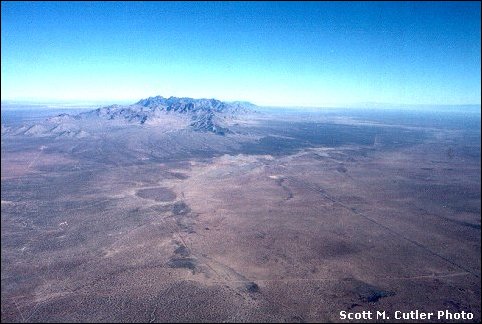

The magnificent Chihuahuan Desert stretches from the southwestern United States to Zacatecas, deep in Mexico. This desert, the largest in North America, supports an almost unbelievable diversity of life, much of it found nowhere else on the planet—and yet, in the nature of deserts, it is highly susceptible to the impact of mankind. Like so many other environments once thought primeval by immigrating Europeans, the present-day desert is a natural scene altered by interaction with man over many thousands of years. Through early Native American hunters and gatherers, utterly reliant on the bounty of the land, to those modern-day builders of cities who live on the land rather than with it, the desert has survived and evolved.
Desert Diaries explore the nature of this desert, as it once was, as it
is now, and as what it may become. You can find over 1300 Desert Diaries about the
plants, animals, landscape, and humans that have shaped the Chihuahuan Desert at the
Centennial Museum website at museum.utep.edu or
www.ktep.org.

Listen to the Audio (mp3 format) as recorded by KTEP, National Public Radio for the Southwest.
Contributor: Arthur H. Harris, Laboratory for Environmental Biology, Centennial Museum, University of Texas at El Paso.
Desert Diary is a joint production of the Centennial Museum and KTEP National Public Radio at the University of Texas at El Paso.

Panorama of the northern Chihuahuan Desert. The Organ Mountains are prominent, while the Sacramento Mountains appear along the horizon at the right of the picture. The Hueco and Tularosa basins are to the east (right) of the Organs and the Rio Grande Valley to the west. Photograph by Scott M. Cutler.
The Centennial Museum's Chihuahuan Desert pages hold a wealth of information on our desert; a self-guided course on the Natural History of the Chihuahuan Desert also is available on the Centennial Museum pages.